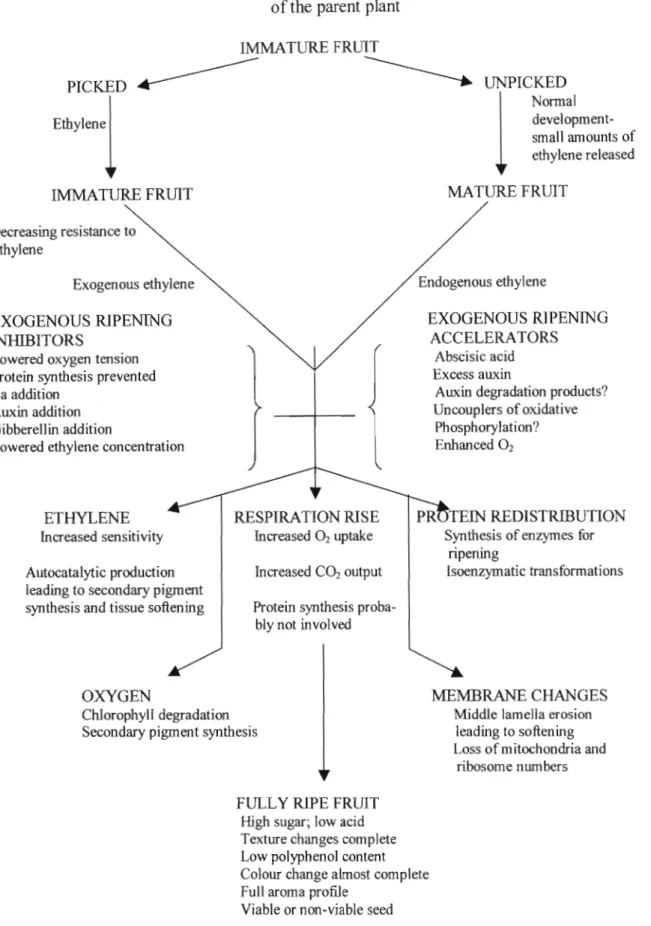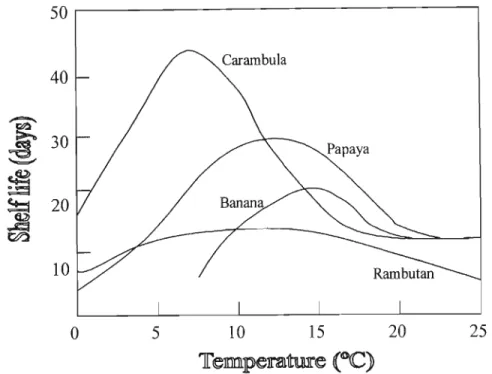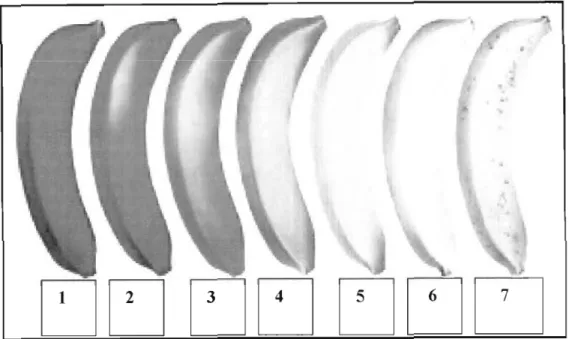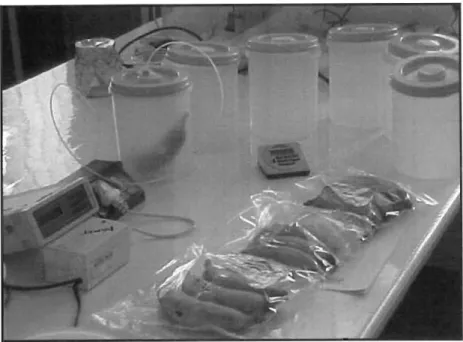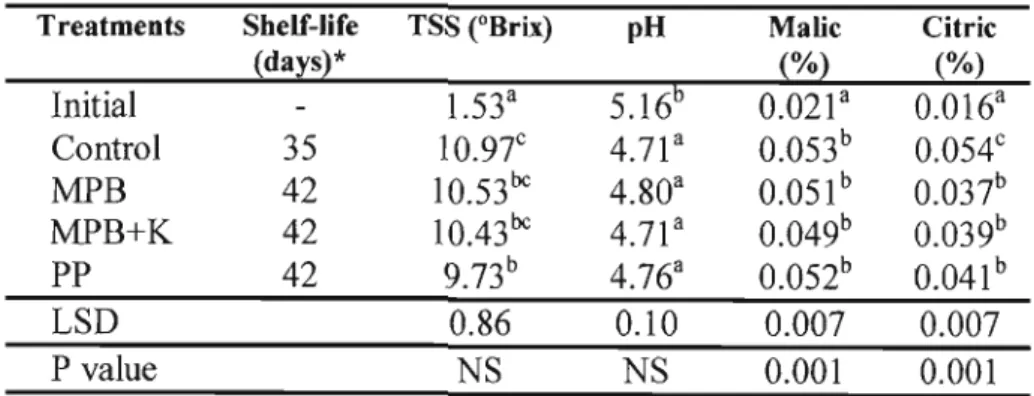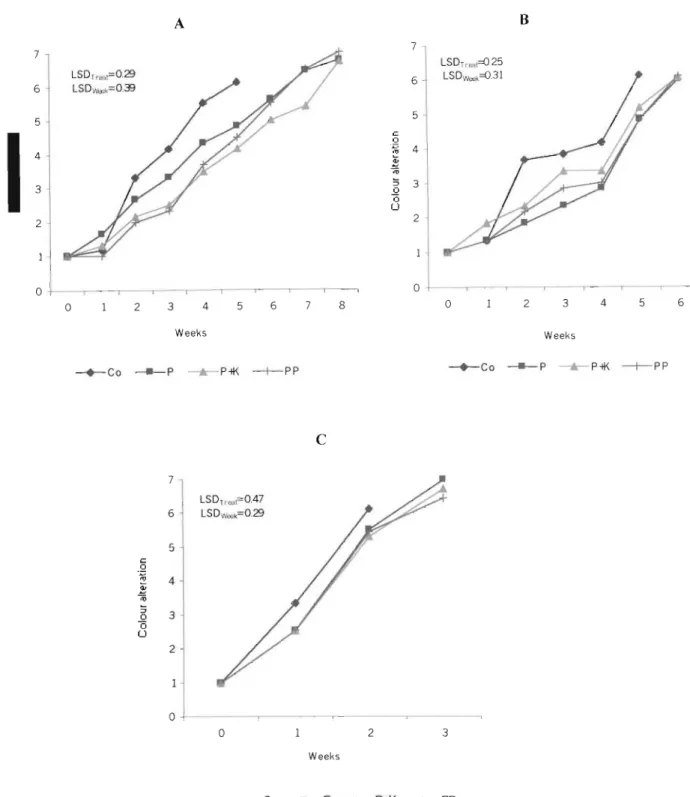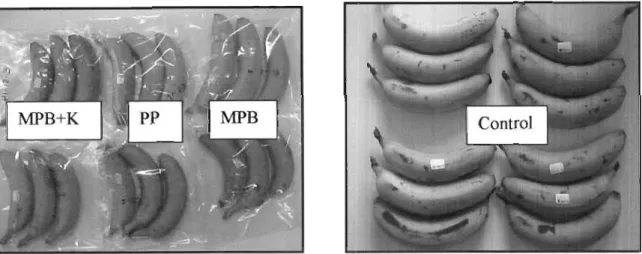Like most tropical climacteric fruits, this fruit has a short shelf life and spoils quickly after harvesting. In order to extend the shelf life with preserved fruit quality and to investigate the effect of different post-harvest treatments, a study was carried out on bananas cv. Bananas stored at 12°C and papayas at 7°C had an extended shelf life of eight weeks.
On the other hand, both fruits stored at higher temperatures (22 °C) had a shorter shelf life and spoiled quickly. Bananas treated with IBA showed significantly (P Postharvest deterioration is related to the botany, physiology and biochemistry as well as growth and development of the crop. In most of the less developed countries, food insufficiency is not only related to the quantity (calorie requirement) but also the quality (nutrition) (Salunkhe and Desai, 1984b). Banana and papaya are among the commonly cultivated tropical fruits characterized by short shelf life after harvest. Banana is one of the most important cultivated crops, with a global annual production of approximately 45 million tons (FAD, 1990). Papaya is mainly grown for fresh consumption or for the production of the proteolytic enzyme papain from the fruit latex (Salunkhe and Kadam, 1995). That is why various treatments were attempted to extend the shelf life of banana and papaya. The main preharvest factors affecting postharvest fruit performance are genetic (cultural) and environmental (temperature, light, water, nutrient supply, maturity at harvest, and application of agricultural chemicals). It is one of the common senescence symptoms in harvested crops (Yamauchi and Watada, 1991). Sugar and acid content have a significant influence on the sensory quality of fruit (Ackermann et al., 1992). The rate and extent of the disorder varies depending on environmental conditions, the nature of the fruit and the time of harvest. The environmental condition in which the harvested fruit is exposed significantly affects the storage potential and shelf life of the fruit. Postharvest disease attack of fruit represents one of the major sources of postharvest loss (Swinburne, 1983). Since they occur naturally, they can be expected to be accepted by consumers as potential food additives (Wills et al., 1998). C2H4 in the storage atmosphere can be oxidized to CO2 and H20 using a variety of chemical agents (Wills et al., 1998). Since it is not volatile, KMn04 can be physically separated from the product, thereby eliminating the risk of chemical damage (Wills et al., 1998). Water-wax emulsion waxes are safer to use than solvent waxes, which are highly flammable (Akamine et al., 1975). Tal Pro-long coating also significantly altered the gas permeability of banana skin (Banks, 1984) and delayed ripening and extended the shelf life of papaya fruit (Baldwin et al., 1992). The shelf life of waxy breadfruit is significantly reduced, especially in cold storage (Akamine et al., 1975). Data were taken from two different sides of the fruit and the mean result was calculated. The dry residue was redissolved in 1 rnL of 0.2 N H2S04 and 0.05% disodium Postharvest Maintaining shelf life and. This can be further related to the effect of the perforation in combination with the anti-fog coating. It is also one of the apparent parameters used to determine fruit quality and shelf life. No significant difference between the treatments infers the application of the treatments without any detrimental effect on the external visual quality of the fruit. Analysis of the concentration of carotenoids both before storage and after the fruit had ripened showed no significant difference (P<0.05) (Fig. 3.10 B). This result revealed that carotenoids in banana fruit were present even in the green stage of the fruit. No significant difference between treatments provides a good indication of the applicability of these packaging materials to extend shelf life without effect on quality, even at higher ambient temperatures, which could be used in a tropical environment. The pH value of the samples showed a significant (P<0.OOI) decreased pattern as the fruit ripened. However, with the rest of the treatments there was no significant difference (P<0.05) in their concentrations at all storage temperatures (Tables 3.1-3.3). Fruit at 22°C showed on average a lower concentration of the citric acid compared to the other storage temperatures (Tables 3.1- 3.3). Excessive PWL, softening, color change and respiration rate are some of the most important factors affecting fruit Postharvest Shelf life maintenance and. These results indicate that MAP of banana fruit using microperforated bags coated with an anti-fogging agent reduces postharvest loss and does not affect fruit quality. Banana's high perishability and short shelf life is one of the limiting factors in the production of this crop in many countries. On the other hand, high storage temperature caused abnormal ripening of the fruit (Proft et al., 1998; Zhang et al., 1993). This study was conducted to investigate the response of banana fruit to certain storage treatments at different storage temperatures to determine their effect on postharvest shelf life and quality of the fruit in the context of poor infrastructure and storage facilities. This reduced weight loss can be attributed to the effect of the wax covering the gas exchange sites in the fruit and the change in the atmosphere around the fruit. Changing the atmosphere surrounding fruit by waxing and applying GA3 after harvest. Shelf life maintenance and. Furthermore, according to Zagory (1998), elevated C02 suppresses the sensitivity of plant tissue to the effect of ripening hormones. Ripe green" in banana is a good example of the softening effect on fruit quality. Co=control, G= GA3, W=waxing, 1= mA Postharvest maintenance of shelf life and quality attributes of banana and papaya. Vini re fruits waxed or treated with or G AJor IBA preserve the green color of the fruits. This can be attributed to the effect of storage temperatures on the metabolic activity of the fruit and therefore the respiration rate. Regardless of the effect of temperature on respiration rate, waxing, GA3 and IBA significantly reduced respiration rate (P However, there was no noticeable difference between the other treatments and storage temperatures. Effect of GA3, waxing and microperforated bag on papaya fruit 76 shelf life and selected quality attributes. This short shelf life results in poor fruit quality, limiting the availability of the fruit in local markets and export to distant markets. Furthermore, Ferris (1997) added that GA3 is only effective in delaying ripening at high Postharvest maintenance of shelf life and. This experiment was conducted to investigate and evaluate the effect of microperforated polypropylene material, postharvest application of GA3 and waxing on postharvest maintenance and shelf life of papaya cv. The CO2 release from the fruit was calculated as post-harvest shelf life maintenance and. This was reported by Arjona et al. 1997) that higher storage temperatures increase weight loss and thus shorten shelf life. Similar results were reported for papaya by Baldwin et al. 1992) and Chen and Paull (1986); for post-harvest avocados Shelf life maintenance and. Effect of GA3, waxing and microperforated bags on 88 shelf life and selected quality attributes of papaya fruit. This reduction in ripening and increase in shelf life is associated with an inverse relationship between respiration rate and shelf life (Paull and Chen, 1989). Therefore, increasing longevity either by waxing, GA3 and/or MIA did not have any significant effect on fruit TSS quality. Thus, waxing, GA3 and MIA can be used to extend shelf life without any defect in fruit quality. However, since there were no significant differences between treatments, there is still a potential to use waxing, GA3 and MIA as storage techniques to extend shelf life with limited effect on quality. Papaya, like most tropical fruits, suffers from the detrimental effect of ambient temperature, which significantly affects shelf life. This will further provide more information to confidently recommend the effect of treatments on fruit quality and ripening behavior. Implemented antifungal compounds of citrus fruits: effect of postharvest treatments with heat and growth regulators. Effect of some inhibitors on carbohydrate content and associated enzyme activity during ripening of Taiwanese northern banana fruit. Effect of Gibberellic Acid and Steam Gard on Ripening, Amylase and Peroxidase Activities and Quality of Mango Fruit during Storage. Effect of fruit dehiscence on ethylene biosynthesis and loss of fresh firmness, skin color and starch at ripening. Basic biochemistry of the effect of modified atmosphere and storage temperature on reduced firmness in papaya. Effect of storage temperature on the ripening response of bananas (Musa. sp) Fruit growing in the mild winter climate of Crete. Effect of wax on respiration, ethylene production and other physical and chemical changes in selected apple cultivars. Effect of Tal-Prolong, a surface coating agent, on shelf life and quality attributes of plantain. Effect of storage temperature and modified atmosphere on cooking of bananas grown in New South Wales. Effect of some growth regulators on the ripening and storage quality of apples and pears. Effect of postharvest application of ethephone on fruit ripening, quality and shelf life of mango under modified atmosphere packaging. Effect of gamma radiation (60Co) on post-harvest physiology of Musa acuminata collar cv. Organic Acids of Banana FruitGeneral Introduction
General Introduction
Literature Review
Factors Affecting Postharvest Loss
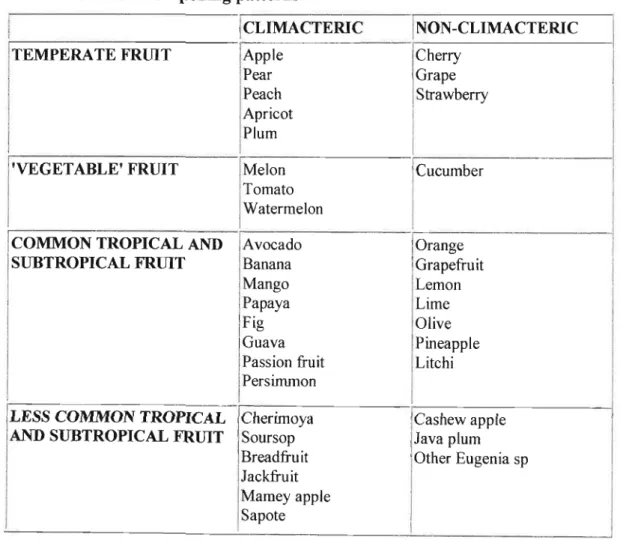
Loss Reduction Techniques
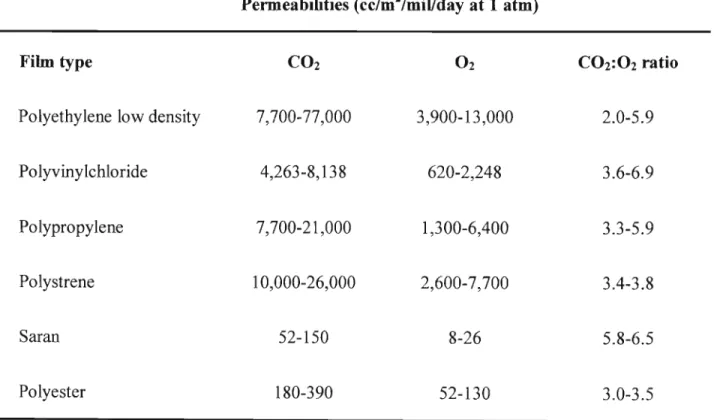
Studies on the Shelf-Life and Quality Attributes of Banana Fruits as Affected by Modified Atmosphere Packaging
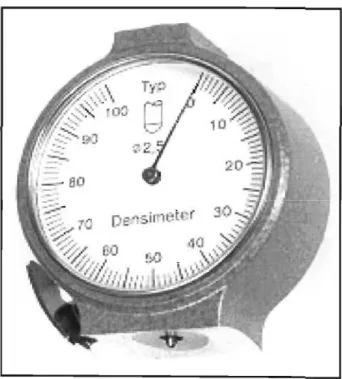
Effect of Plant Growth Regulators (pGRs) and Waxing on Shelf-life and Quality Attributes of Banana Fruits
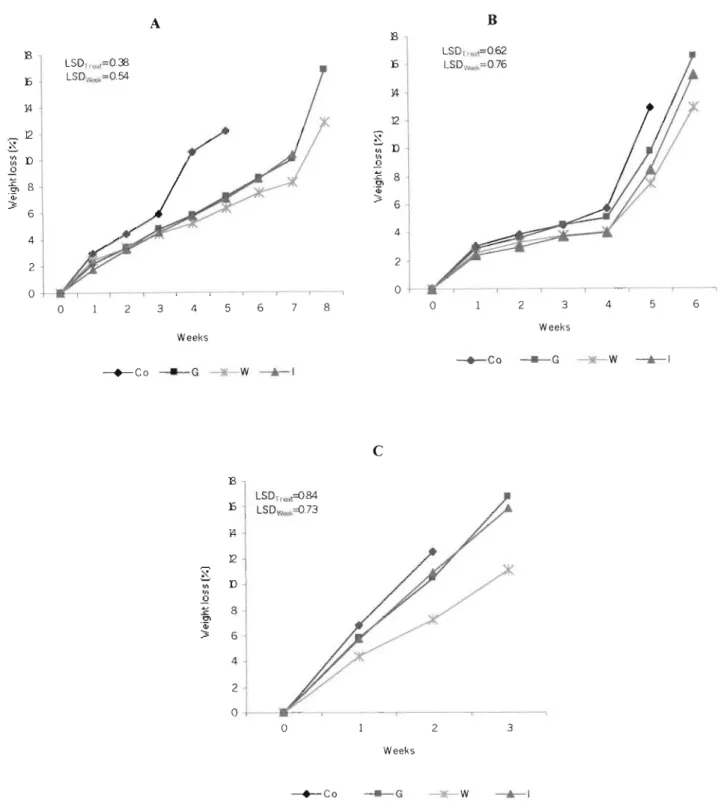
Effect of GA 3, Waxing and Micro-Perforated Bag on Shelf-Life and Selected Quality Attributes of Papaya Fruit
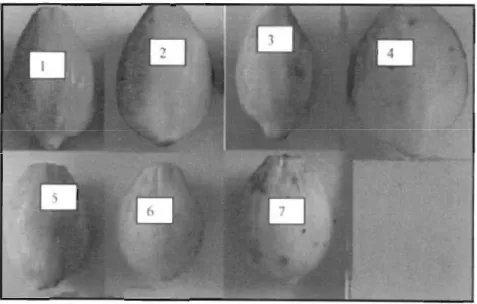
General Conclusions and Recommendations

